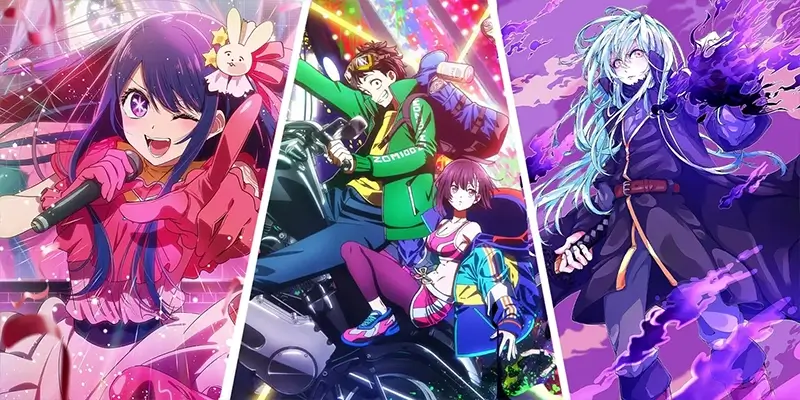If you haven’t read a light novel,
you probably know the plot to a lot of them because they’ve been the basis for dozens of enemies over the past 20 years. Baccano, durarara, Fate, Fullmetal Panic.
ToraDora sword art online, overlord, Re: zero, violet Evergarden, that time i got reincarnated as a slime and so much more.
All started life as light novels.
At its peak in 2012, the most popular late novel series were selling over a million volumes a year in Japan.
That’s a lot of Bunkobon And while they’re still not close to doing manga numbers,
titles like one piece routinely sell over 10 million copies in Japan alone.
A million copies is still nothing to laugh at.
But where did the late novel come from?
According to a 2016 article by Kim Morrissey for Anime News Network,
the term late novel originated on a sci fi and fantasy form around 1990 by a user who enjoyed the illustrated genre fiction
coming out of major Japanese publishing houses but disliked the established term Y.A. or Young Adult,
because these books appealed to more than just young adults.
Take, for example, Sonorama Bunko’s most successful title, Vampire Hunter D. I like Novel Series,
which features a fantasy setting and Yoshitaka amano’s gorgeous Illustrations.
Would Hiroyuki Kikuchi’s story be as popular as it is today without Romano’s iconic artwork?
It’s hard to say, but the combination of manga style drawings and an easy to read fantasy novel was a winning
combination and one that other publishers were quick to copy.
The practice of expanding popular content into other mediums is known as media mix, and it’s a huge part of how the anime industry works.
Many light novels come from the Japanese website Shousetsuka ni narou,
which means let’s become a novelist. Starting in 2004, is a free website where users can upload their novels and readers can comment and react.
It was sort of like archive version, but for “OCs do not steal”.
Only the site gets over a billion page views a month and has launched some of the most popular light novel titles like:
I Want to Your pancreas, Log Horizon, Overlord, Re zero, The Irregular at Magic High School and
the raising of the Shield Hero all got their start on Shousetsuka ni narou.
The website is so important to light novels and easy to cut that the term
“narou” or “let’s become” is interchangeable with isekai Monster Bunko,
a light novel imprint from publisher Futabasha exists exclusively to make novels out of popular stories.
Shousetsuka ni narou all reports have surfaced professional editors having to rewrite entire manuscripts after authors source from Naro often without any formal writing experience.
We’re unable to fill plot holes or fix pacing issues.
Japan has a long history of being on the cutting edge of media and light novels,
which are a mashup of young adult manga, fanfiction and art.
Might be the future of literature.
